Subterranean oceans beneath the icy surfaces of moons orbiting gas giants are not uncommon in the solar system. However, the recent discovery of a subterranean ocean on Mimas, a moon of Saturn, has been hailed by scientists as a “surprise discovery.”
An unexpected discovery
Mimas is a small satellite of Saturn, with a diameter of only 396km. On the outside, Mimas looks like the "dead celestial body" in the American " Star Wars " series.
Mimas has a large crater on its surface, dubbed the Herschel crater, which is 140km in diameter. Mimas's surface is riddled with craters - traces of powerful meteorite impacts - that initially made scientists skeptical that a liquid ocean could exist beneath its icy crust.
However, data from the "Cassini" mission has revealed strange anomalies in the orbit of this small satellite.
According to astronomers' analysis, such unusual phenomena can only come from one of two reasons. One is the presence of a strange solid rocky core inside this satellite, the other is the presence of a liquid ocean below the icy surface of Mimas.
This image of the legendary Herschel crater on Mimas was captured by Cassini and sent back to Earth. (Source: NASA/JPL-Caltech/Space Science Institute).
A computer analysis by an international team of researchers suggests that the second hypothesis is more likely to be true. Most scientists reject the first hypothesis, because to cause the irregularities in Mimas' orbit, the core of this celestial body must be shaped like a pancake, which is extremely unlikely in terms of physics.
The youngest ocean in the solar system
"Mimas is a small moon with many craters on its surface. There is no sign of a hidden ocean underneath," explained Dr. Nick Cooper of Queen Mary University of London, co-author of the study on Mimas.
"Our discovery puts Mimas in the exclusive group of moons that have subsurface oceans, but Mimas is different: its ocean is quite young, no more than 25 million years old," he said.
Computer analysis suggests that Mimas's subsurface ocean could be between 2 and 25 million years old. Meanwhile, the subsurface ocean beneath Jupiter's moon Europa is about 4.5 billion years old, roughly the same age as the solar system.
According to scientists' analysis, the reason Mimas's underground ocean exists is because it is protected by an icy shell 20 to 30km thick.
Prospects for finding life outside Earth
"The existence of a relatively young ocean makes Mimas a prime candidate for studies of the origin of life," Dr. Nick Cooper emphasized.
Mimas's subsurface ocean offers scientists a unique opportunity to study the speed at which conditions potentially suitable for life emerged.
Saturn's natural satellite Mimas passes in front of the rings. (Source: NASA/JPL-Caltech/Space Science Institute).
If scientists discover prebiotic compounds in such a young ocean, it could completely change our understanding of the speed of evolutionary processes that led to life.
Legendary discoveries of the Cassini mission
These discoveries were made thanks to data from the Cassini spacecraft - an international collaboration between NASA, the European Space Agency and the Italian Space Agency.
The Cassini spacecraft spent 13 years orbiting Saturn, studying the planet, its rings, and many of its moons. The data it collected during this time has led to important discoveries.
Mimas against the backdrop of Saturn's northern hemisphere. (Credit: NASA/JPL-Caltech/Space Science Institute).
After completing its mission, Cassini was directed to fly into Saturn's thick atmosphere, where it burned up completely to avoid the risk of chemical contamination of Saturn's moons, which may harbor some form of life.
"This is a great collaborative scientific effort by a team of colleagues from five scientific research agencies in three countries. They worked together under the leadership of Dr. Valerie Laney to discover many new and interesting features of the system of celestial bodies orbiting Saturn," Dr. Nick Cooper concluded./.
(Vietnam+)
Source: https://www.vietnamplus.vn/dai-duong-tre-nhat-he-mat-troi-vua-duoc-tim-thay-tren-ve-tinh-cua-sao-tho-post1052605.vnp


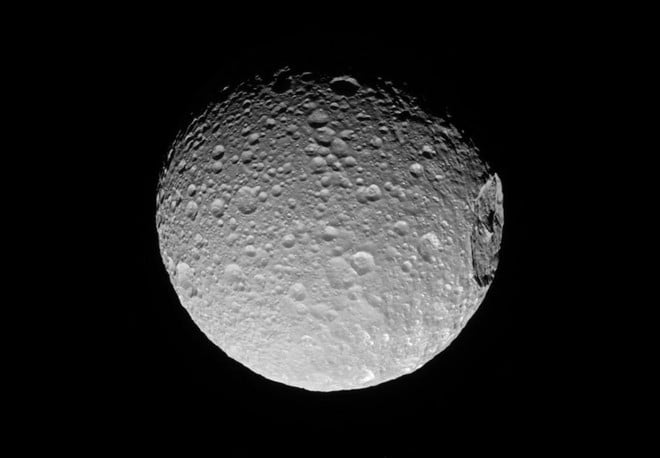
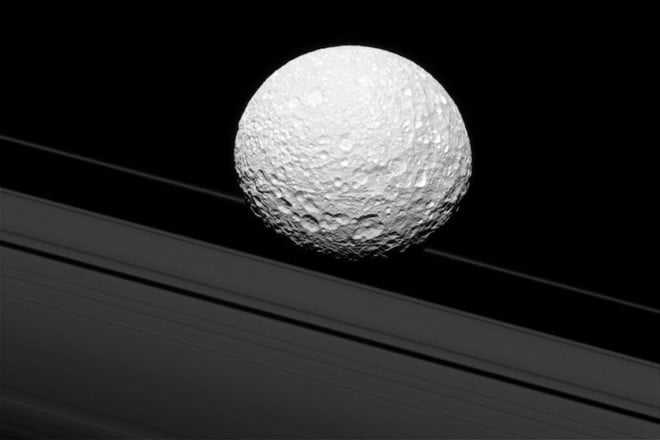
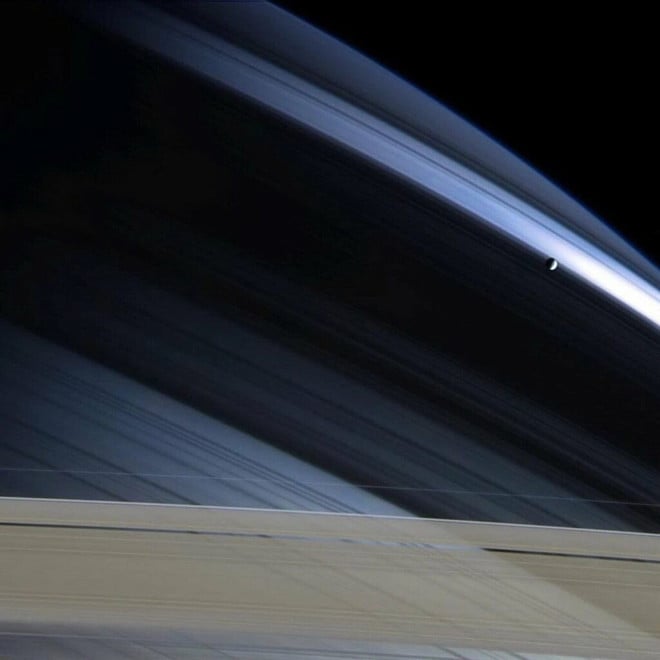






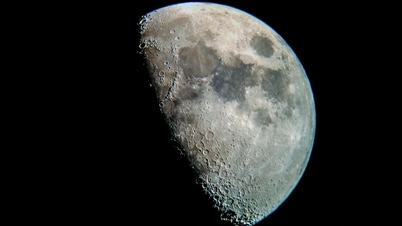

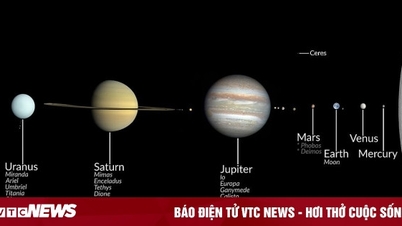

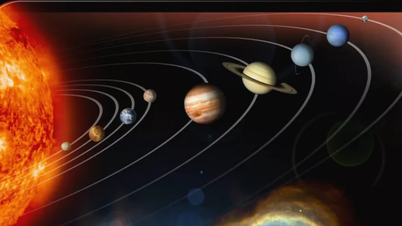


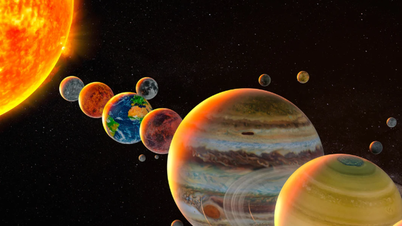





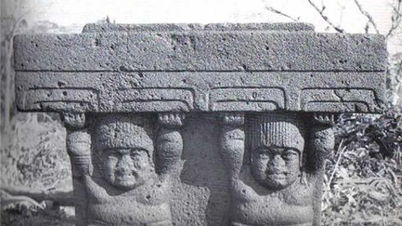


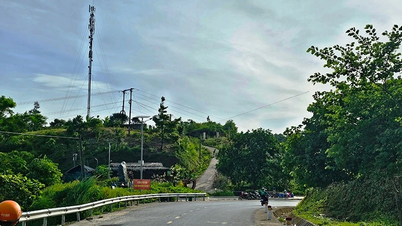




















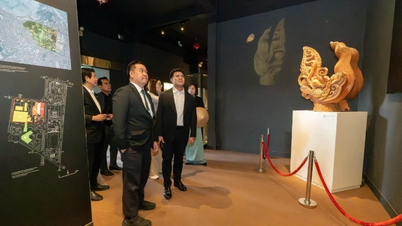




























































Comment (0)